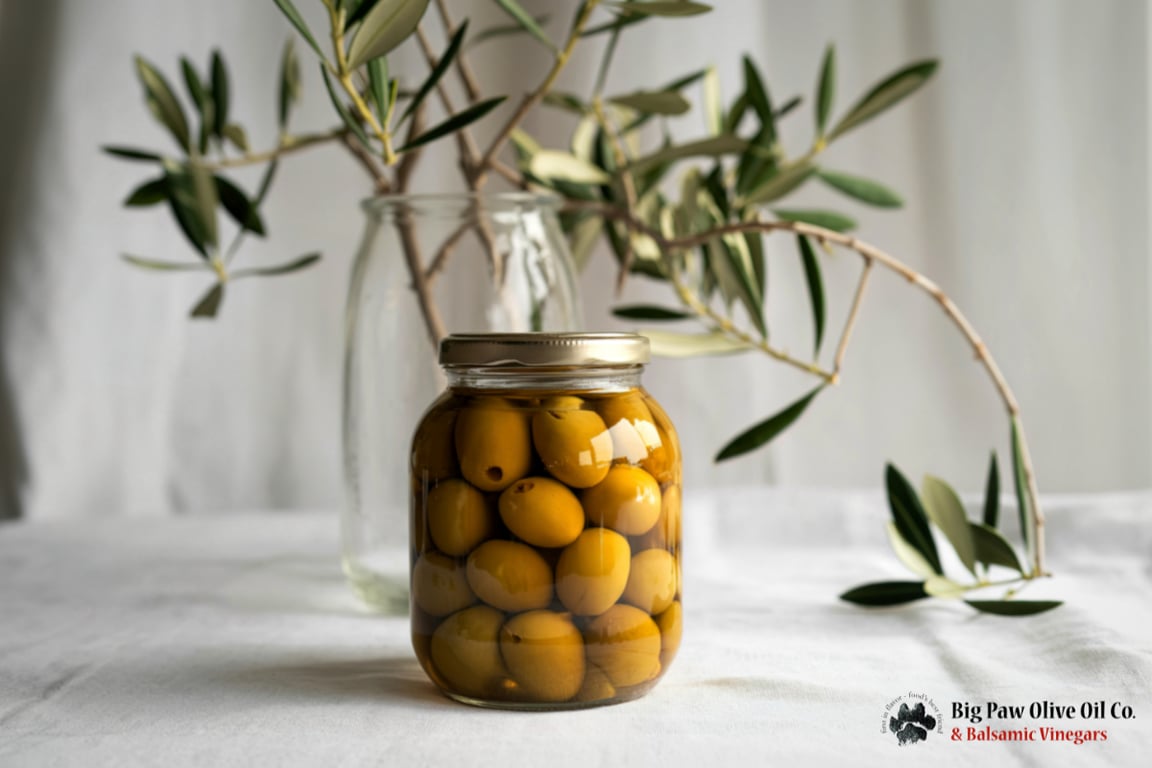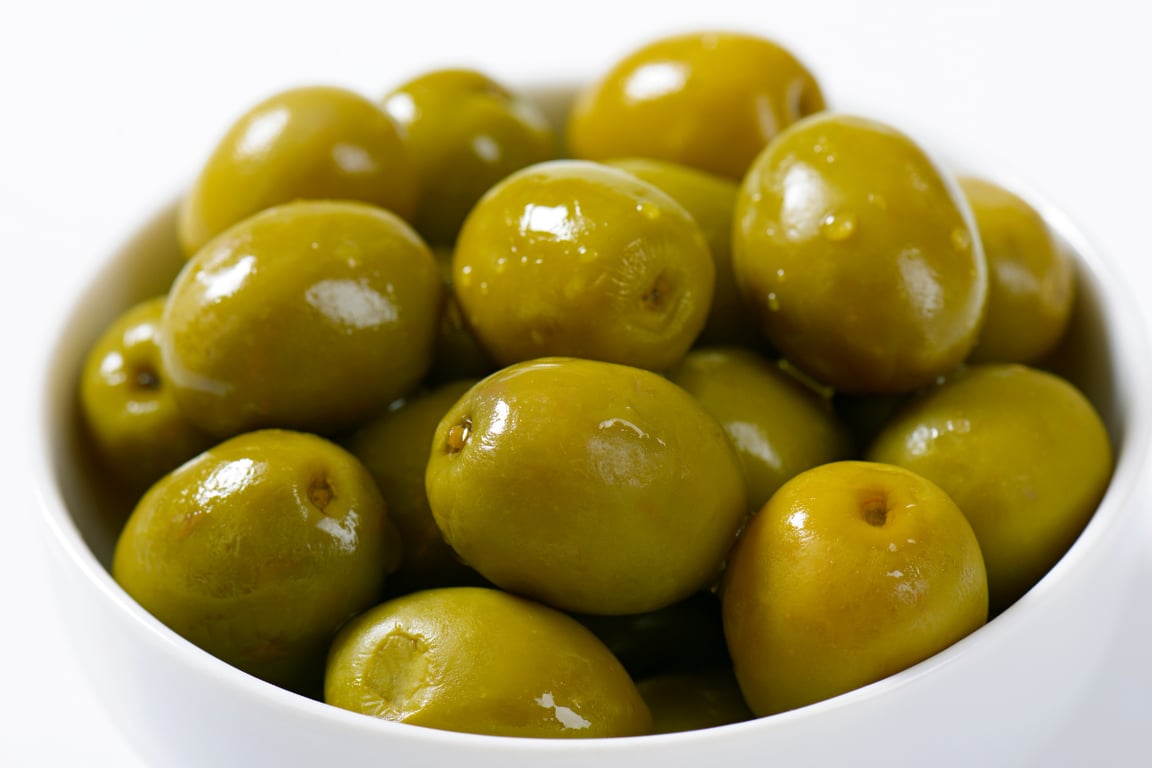How to Brine Olives | Big Paw Olive Oil

Olives are well known for their healthy packed nutrient of healthy fats, antioxidants, and many other benefits. Not only that, but it has also been widespread for its rich flavoring of bittersweet, making it ideal for making oils or eaten raw as an appetizer. However, not many people are aware of this, but the olives we consume have already been dealt with in a process called curing before it is totally cleared to be edible.
Oleuropein found in olive skins is a highly bitter compound and is one of the main reasons Olives are considered inedible before curing. The main idea of curing olives is to make them palatable while preserving their flavors. There are several olive curing methods: water curing, brine curing, dry-salt curing, and lye curing. In this article, we’ll delve deeper into the process of brine-curing and curing your olives properly, what you’ll need, and step by step guide in the process.
What You’ll Need?
The good thing about brine-curing your Olives is that you won’t need that much to do the process. Here are some things you need to prepare before the procedure.
Raw Olives: If you’re planning to brine olives yourself, make sure that you source raw fresh olives to prevent repeating the process.
Pickling Salt: Pickling salt is your best salt to use in canning brine as it dissolves quickly.
White Vinegar: Vinegar’s acidity allows it to kill bacteria and is responsible for preserving the olives in the whole process.
Airtight Containers: Jars are most commonly used in this process, but any airtight containers should be enough. Make sure that it is properly sealed to prevent contamination.
Time: Time is the most valuable piece in this process to fully cure your olives. The average period of the brine-cure process should be about 2-4 months, depending on the results you want.
Step By Step Guide in Brine-Curing Method for Olives
Once you’ve already prepared all of the required ingredients mentioned above, which is not that many, now it’s time to start the brine-curing process. Understand that there are various methods in doing this, and there is no ONLY way, so feel free to choose different approaches that should fit your preference.
1. Prepare Your Fresh Olives
Before storing your olives in the airtight container, ensure that you’ve already sorted them out, removing damaged olives and other floating debris to prevent them from going bad. Sorting olives by their size is another step if you want to cure your olives at the same rate.
2. Making the Brine
Preparation of the brine isn’t as complicated as it may seem. It’s technically just a blend of water and salt, sometimes with vinegar. Simply prepare 1 and 1/2 cups of your pickling salt, a gallon of cold water, and 2 cups of vinegar. Ensure that you mix the blend properly well to the point where the salt dissolves. Adjust the measurements depending on the size of your container.
3. Pour the Brine Along with Your Fresh Olives
After you’ve finished preparing the brine and olives, now’s the time for the fermentation. Place your fresh olives in an airtight container within which you can seal and pour down the brine along with it. Ensure that it’s not tightly closed yet.
4. Wait Before the Bubbling Ends
Your brine will tend to bubble as a sign of fermentation. The next step is to wait until the bubbling starts to calm down and eventually ends. Then you can now close the lid tightly and wait for about 2-4 months until it reaches your preferred richness of flavor.
5. Storing Your Olives
After this cure-brine process, you can store your olives along with the brine and container in a safe, cooler place, away from the sunlight, for about one year.
Takeaways.
Indeed this method is more of a waiting game than the process itself. However, the results of its age-grown flavoring should be worthwhile and significantly contribute to a wide range of meal recipes for your family in the future. An excellent way to approach this is by making a whole batch of all-at-once so you’ll have enough, and it’s also a fantastic gift idea for family friends.
If all these are a little overwhelming for you and want to try a well brine-cured olive, we know exactly where to find them. Visit Big Paw Olive Oil today and try out our finest Brine Cured Olives today!


 Fax : 1-973-799-0901
Fax : 1-973-799-0901 Call us now: +1 408-464-9048
Call us now: +1 408-464-9048




